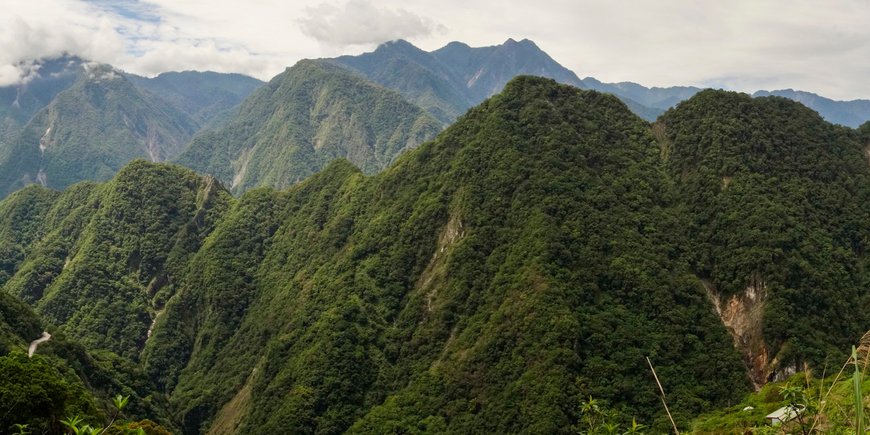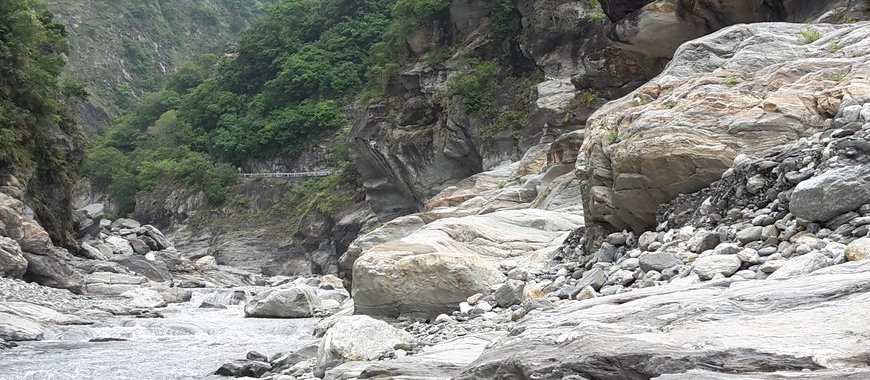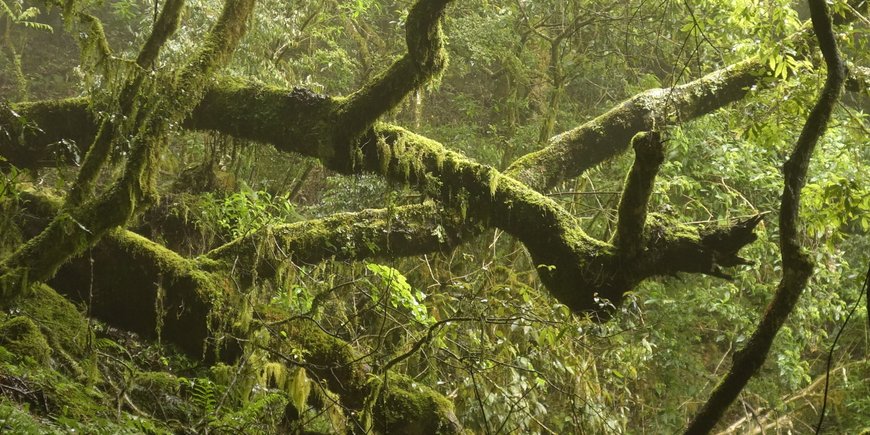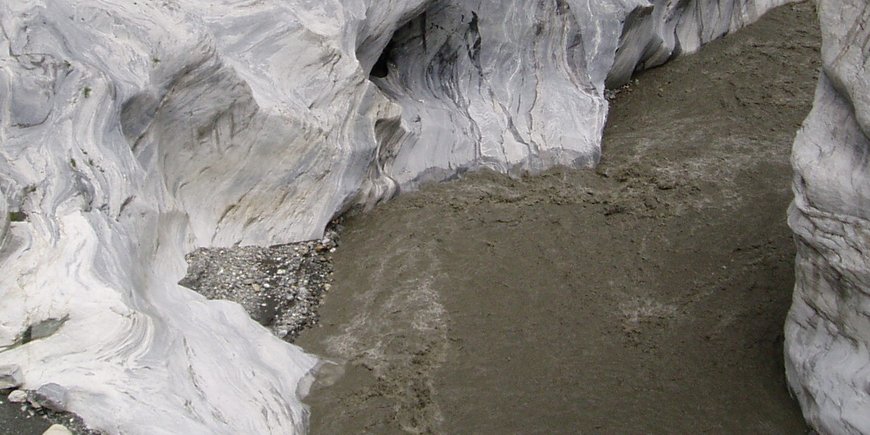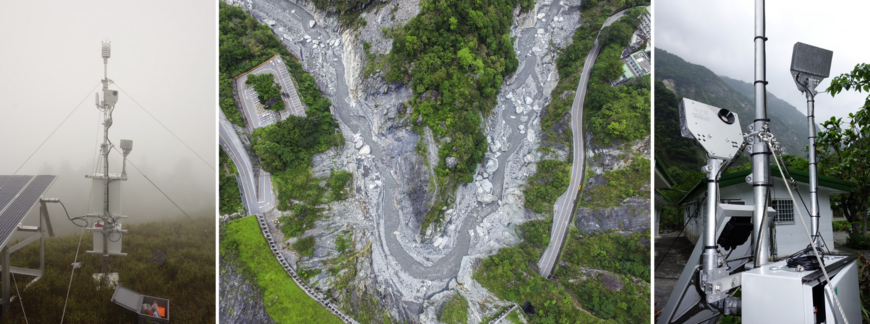Taroko National Park
Landscapes are formed through the complex interactions of a multitude of physical, biological and chemical processes. To understand how these processes interact and thus how a landscape works in its entirety, we need accurate, long-term observations. For this reason, the Section 5.1 Geomorphology maintains a landscape-wide observatory in the Taroko National Park in Taiwan, in one of the most active landscapes in the world. The data raised in this observatory will be used to address the following broad research questions.
- A landscape can be divided in different process domains, such as hillslopes and river channels. How do these different process domains interact?
- How do physical, chemical and biological processes interact to sculpt a landscape?
- Landscapes are sculpted by the motion of matter, and the route sediment takes from the hillslopes through the channel network to its final destination in a sedimentary basin is described by the sediment cascade. How does matter move within an active landscape, especially between different process domains?
- Landscapes experience long, uneventful periods, but occasionally hell breaks loose for a brief moment in a large flood or during an earthquake. What is the relative importance of extreme and regular events in setting landscape form?
Why is Taiwan a good place for a landscape observatory? There are several reasons for this. First, erosion is rapid and is consequently easy to study. The sediment discharge from Taiwan between 1970 and 1999 added up to 384 Megatons per year, which accounts for 1.9% of the total sediment input to the oceans worldwide. In contrast, Taiwan features only 0.024% of the Earth’s land area. Catchment-wide erosion rates have been shown to reach up to 60 millimeters per year, which is very rapid indeed. Second, due to frequent typhoons, Taiwan has a very variable climate with extreme precipitation events. In 2009, Typhoon Morakot yielded nearly 3 m of rain in a few days, which is probably the world record! Third, Taiwan has long data records, for example for the amount of water and sediment flowing down streams. Locally, records reach more than 80 years back! Fourth, landscapes and the processes they form them have been intensively studied in Taiwan. The last two points give a lot of background information and data that can be exploited in future studies. Fifth, since glaciers played a minor role in Taiwan’s history, the landscapes are simpler than, for example, their counterparts in the Himalaya or the European Alps. Finally, Taiwan has a well-developed infrastructure, which makes it easy to get around and organize scientific campaigns.
The monitoring concept for the Taroko National Park includes a distributed network of seismic and weather stations, as well as hydrometric gauging and sampling of the rivers. Seismic data can be used to track hillslopes mass wasting – landslides and rock falls, but also for a host of other processes. This gives us an integrated picture of the entire landscape.


